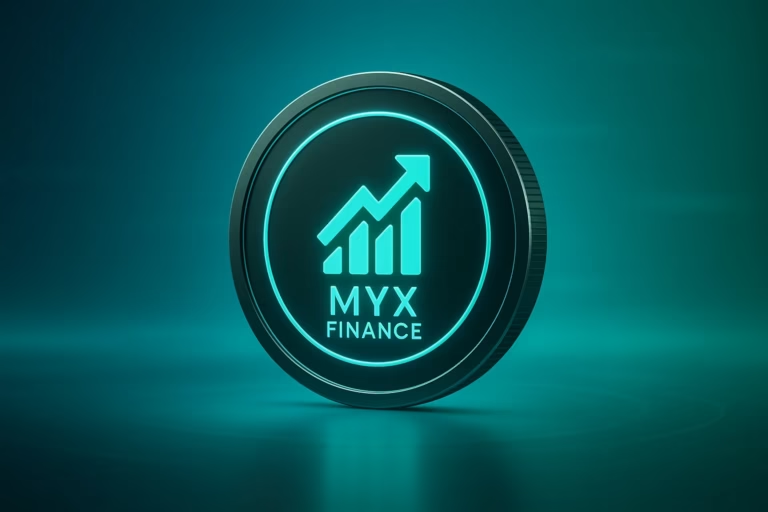
- Tether recent $1 billion mint on the Tron network brings it closer to Ethereum, with only $1.4 billion separating the two in USDT circulation.
- The overall surge in stablecoin issuance and impending U.S. legislation could solidify Tether’s dominance in the market, which currently holds 61% of the stablecoin share.
The battle for dominance in the stablecoin market is intensifying, with the Tron network closing in on Ethereum in Tether (USDT) circulation. A fresh $1 billion mint by Tether on May 5 has significantly reduced the gap between the two blockchain giants, with Tron now just $1.4 billion away from surpassing Ethereum as the leading network for USDT.
ALSO READ:Why Ripple is Eyeing USDC Issuer Circle: What’s at Stake for XRP
Tron’s Growing Lead in Tether Circulation
Tether’s latest minting of $1 billion on the Tron network brings its total circulating supply on Tron to an impressive $71.4 billion, according to the Tether Transparency report. In comparison, Ethereum currently has $72.8 billion USDT in circulation, putting the gap at a mere $1.4 billion. Should Tron surpass this amount, it will reclaim its position as the top network for Tether, a title it held between July 2022 and November 2024.

Tron’s performance is notable, especially considering Ethereum’s massive $18 billion mint in the past, which temporarily widened the gap. However, the steady increase of USDT on Tron highlights its growing influence in the stablecoin space, with its total supply on the network seeing a steady upward trajectory.
Tether’s Expanding Market Share
Tether’s overall circulation has reached a new high of $149.4 billion USDT, marking an 8.6% increase since the start of 2025. This surge solidifies Tether’s dominant position in the stablecoin market, where it now holds a commanding 61% market share. Circle’s USDC, its closest competitor, holds just 25%, with $62 billion circulating.
The surge in stablecoin issuance, particularly over the last six months, has contributed to a significant increase in market share, with stablecoins now representing around 8% of the total cryptocurrency market capitalization.
ALSO READ:Can Ethereum Price Break Through $1,800 as Pectra Upgrade Looms
Regulatory Outlook for Stablecoins
The future of stablecoins, particularly Tether, depends heavily on regulatory clarity. In April, the U.S.The Treasury Department predicts that the stablecoin market could reach $2 trillion by 2028 if regulators finalize stablecoin regulations. Lawmakers are on the verge of passing two key pieces of legislation: the GENIUS Act and the STABLE Act.
The GENIUS Act, which outlines definitions and reserve rules for stablecoin issuers, is expected to move forward for a Senate vote by May 26. The STABLE Act, which governs the approval and supervision of stablecoin issuers, is also advancing through Congress.
Tether’s upcoming plans to launch a U.S.-based stablecoin later this year are contingent on the passing of these legislative measures, which could reshape the landscape of the stablecoin market.
MIGHT ALSO LIKE:Pi Network Faces Backlash After False BNP Paribas Partnership Claim
DISCLAIMER:
The views and opinions expressed herein are solely those of the author and do not necessarily reflect the views of the publisher. The publisher does not endorse or guarantee the accuracy of any information presented in this article. Readers are encouraged to conduct further research and consult additional sources before making any decisions based on the content provided.




